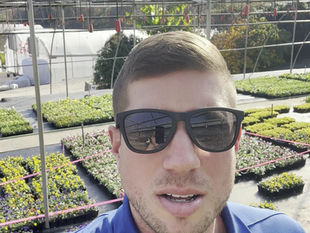

What Is a Weep Hole in a Retaining Wall—and Why Does It Matter?
0
39
0
When people think about retaining walls, they usually picture the visible part: stone, block, or concrete holding back soil. But the real strength of a retaining wall comes from what’s behind it—especially how it manages water.
One of the most important features that often goes unnoticed (but does critical work) is the weep hole.
What Is a Weep Hole?
A weep hole is a small opening placed at the bottom of a retaining wall. Its job? To allow water to escape from behind the wall.
While it might look like just a hole in the wall, it plays a major role in keeping your wall safe and stable.
Why Are Weep Holes So Important?
When rain falls, water seeps into the soil behind your wall. Without proper drainage, that water builds up and puts tremendous pressure—called hydrostatic pressure—against the wall.
If that pressure isn’t relieved, the wall can:
Crack
Bow forward
Lean
Or even collapse over time
That’s where weep holes come in. They give the trapped water a way out, reducing pressure and protecting the structure.
Do Weep Holes Work Alone? Not Quite.
Weep holes are just one part of a good drainage system. A properly built retaining wall should also include:
Gravel backfill for water to flow easily
Drainage pipe to carry water away
Think of weep holes as the release valve. Without them, water stays trapped—even with a pipe behind the wall.
Signs Your Wall May Be Missing Weep Holes
If you already have a retaining wall, here are some red flags that it may lack weep holes or a proper drainage system:
Water staining or algae growth on the wall face
Bulging or leaning sections
Soggy soil or standing water at the base
Cracks or failing joints
If you see any of these, it’s worth having a professional (like us) take a look.
We Build Walls That Last—From the Ground Up
At Hannah Outdoor Designs, we build retaining walls in Metro Atlanta that don’t just look good—they’re built right. That means:
Engineered gravel footers
Geogrid reinforcement (if needed)
Drainage systems with pipe, fabric, and proper weep holes
📍 If you’re planning a wall—or have one that’s showing signs of failure—don’t wait until it’s too late. A strong wall starts behind the scenes.
📩 Let’s talk about your project. Schedule a consultation today and we’ll make sure your wall is built to last.






